
Les Constellations : Comment les Identifier et les Observer
The Constellations: How to Identify and Observe Them
Constellations have fascinated humanity for millennia. They are not only landmarks for astronomers but also sources of inspiration for myths and legends from around the world. Whether you are an amateur astronomer or simply curious about the night sky, learning to identify and observe constellations can enrich your experience of the cosmos. Here is a guide to help you discover and observe the most emblematic constellations in the night sky.
What is a Constellation?
A constellation is a grouping of visible stars that form a recognizable pattern in the night sky. These patterns, often based on mythological figures, animals, or objects, serve as references for mapping the sky. There are 88 officially recognized constellations by the International Astronomical Union (IAU), which cover the entire celestial vault.
The Most Famous Constellations
Here are some of the most famous constellations you can observe from the Northern Hemisphere:
-
The Great Bear (Ursa Major)
- Characteristics: The Great Bear is probably the most well-known constellation. Its distinctive pattern in the shape of a large ladle is easy to spot.
- Best observation period: All year round in the Northern Hemisphere.
-
Orion
- Characteristics: Orion is identifiable by three bright stars aligned that form the hunter's belt. The stars Betelgeuse and Rigel, located at the ends of the constellation, are also notable.
-
Cassiopeia
- Characteristics: Cassiopeia is a constellation named after the queen in Greek mythology. It is easy to recognize due to its distinctive "W" shape.
- Best observation period: All year round in the Northern Hemisphere.
Techniques for Observing Constellations
With the naked eyeObserving constellations requires no special equipment. Your eyes are enough to spot the patterns in the sky.
Using binoculars or a small telescopeWhile constellations are visible to the naked eye, binoculars or a small telescope can reveal additional details, such as double stars or nebulae associated with the constellations.
Be patientObserving the sky is an activity that requires time and patience. Take the time to let your eyes adjust to the darkness and enjoy the calm of the night sky.
Conclusion
Observing and identifying constellations is an enriching activity that allows for a better understanding of the night sky. Whether you are a beginner or an experienced amateur, these starry patterns will guide you in your exploration of the cosmos. At Astronomy Store, we offer a range of tools and equipment to help you discover the wonders of the sky. Visit our site Astronomy Store to learn more and start your astronomical adventure today!

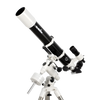 All
All
 Dobson
Dobson
 Refractors
Refractors
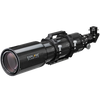 Ed & Apochromates
Ed & Apochromates
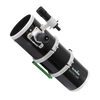 Newtonian reflector
Newtonian reflector
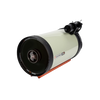 Schmidt Cassegrain
Schmidt Cassegrain
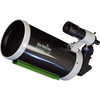 Maksutov-Cassegrain
Maksutov-Cassegrain
 Solar
Solar
 Researcher
Researcher
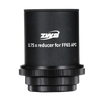 Focal reducer
Focal reducer
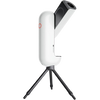 Intelligent
Intelligent
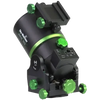 All
All
 Equatorial
Equatorial
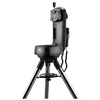 Alt/Az
Alt/Az
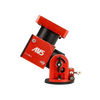 Harmonic
Harmonic
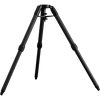 Tripods
Tripods
 Accessories
Accessories
 All
All
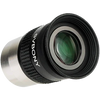 Wide angle
Wide angle
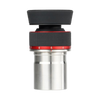 Zoom eyepieces
Zoom eyepieces
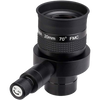 Reticulated eyepieces
Reticulated eyepieces
 Barlow
Barlow
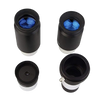 Plössl
Plössl
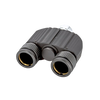 Binoculars
Binoculars
 Atmospheric Corrector
Atmospheric Corrector
 All
All
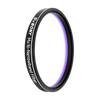 Visual
Visual
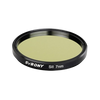 Photo
Photo
 Polarisants
Polarisants
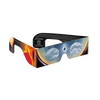 Solar Filters
Solar Filters
 Accessories
Accessories
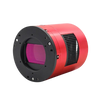 All
All
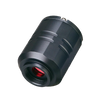 Color Cameras
Color Cameras
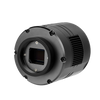 Monochrome Cameras
Monochrome Cameras
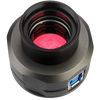 Planetary/Guiding
Planetary/Guiding
 Objectives
Objectives
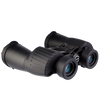 All
All
 Binoculars
Binoculars
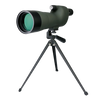 Spotting Scope and Monocular
Spotting Scope and Monocular
 Elbows
Elbows
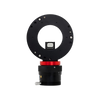 Optical Divider
Optical Divider
 Mirrors
Mirrors
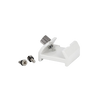 All
All
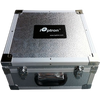 Bags and protections
Bags and protections
 Supports and counterweights,
Supports and counterweights,
 Camera adapters
Camera adapters
 Focuser
Focuser
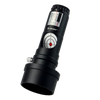 Collimation
Collimation
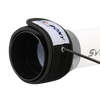 Heating band
Heating band
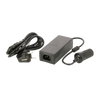 Cables
Cables
 Collars
Collars
 Computers
Computers
 Fans
Fans
 Others
Others
 All
All
 Weather Station
Weather Station
 Thermometer
Thermometer
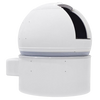 All
All
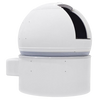 Observatory/Domes
Observatory/Domes
 Accessories
Accessories
 ZWO
ZWO
 Explore Scientific
Explore Scientific
 Optolong
Optolong
 GSO
GSO
 Vixen
Vixen
 Bresser
Bresser
 Celestron
Celestron
 Baader
Baader
 Askar
Askar